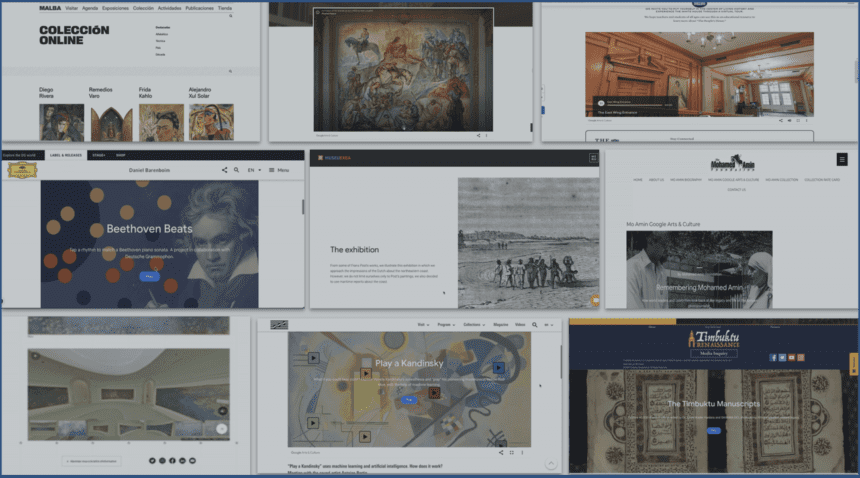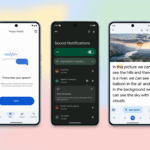For more than ten years, Google Arts & Culture has been assisting cultural institutions like museums to share their narratives and connect with broader audiences. In today’s rapidly evolving digital landscape, there has been a notable shift in how museums and other cultural entities utilize technology to showcase their stories and collections. While engaging content has always been crucial, we have come to realize that its versatility across various platforms is key.
On May 18th, which marks International Museum Day and celebrates the vital role of museums as promoters of cultural exchange, enrichment, and education, we are delving into three ways in which a simplistic yet impactful feature like embedding content has empowered institutions to seamlessly disseminate their stories across diverse platforms.
1) Broaden the collection’s reach
Embedding content is not just about making it accessible; it’s about magnifying its influence. Most cultural institutions worldwide already display their collections on their websites. By incorporating Google Arts & Culture content, they can provide deeper insights into a particular theme, like the Museum of Art and Photography in India, which has integrated Matchbox Momentos, an engaging dive into its archives using AI; or offering a detailed exploration of paintings in high definition at London’s Courtauld Gallery or the Malba Museum in Buenos Aires.









